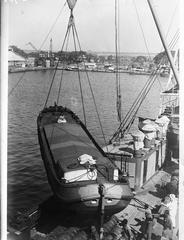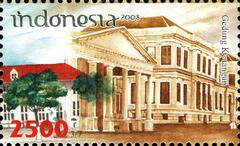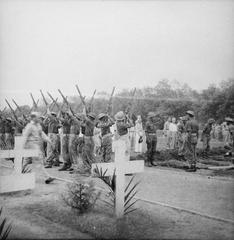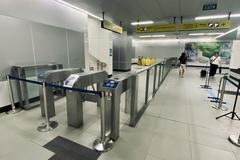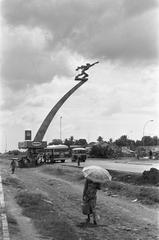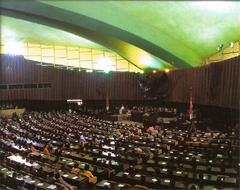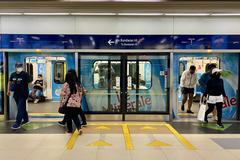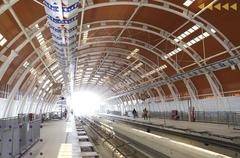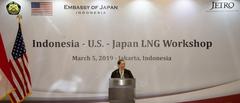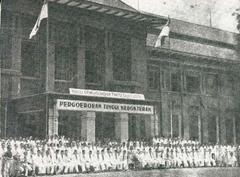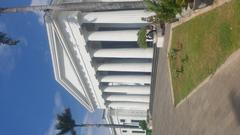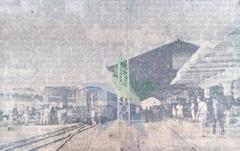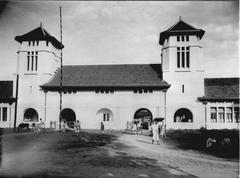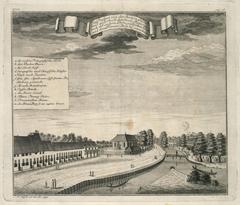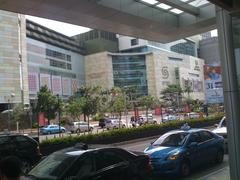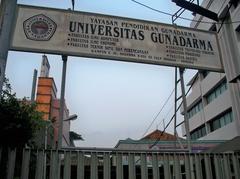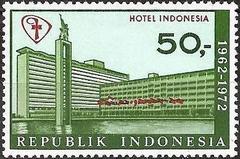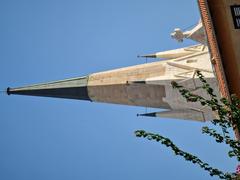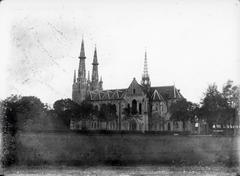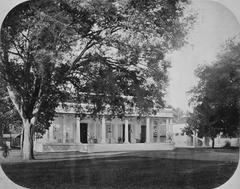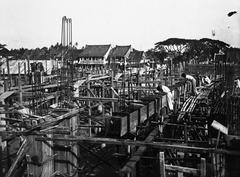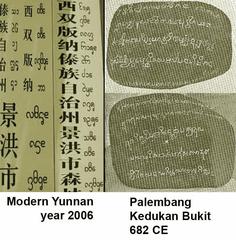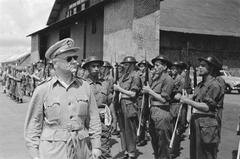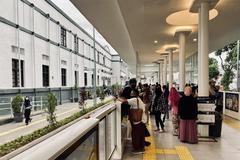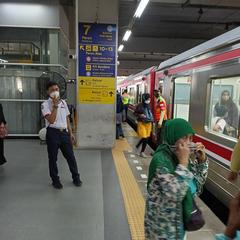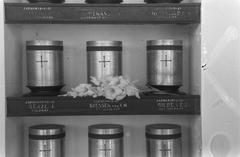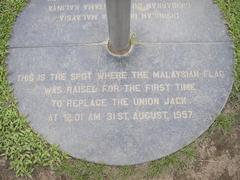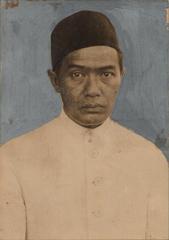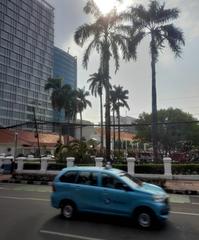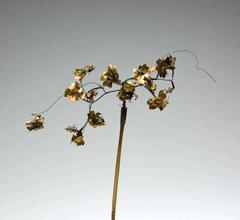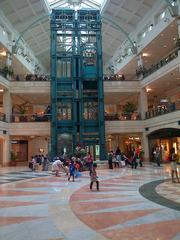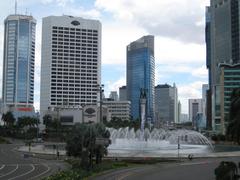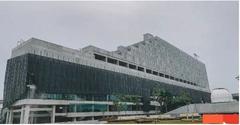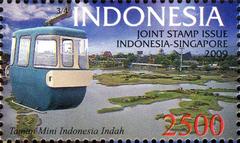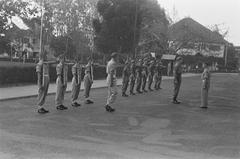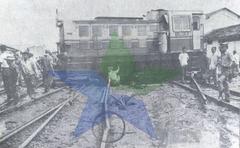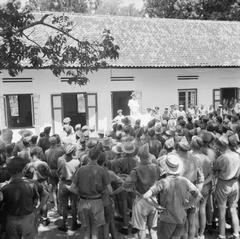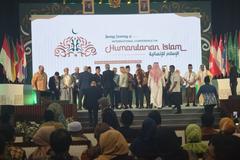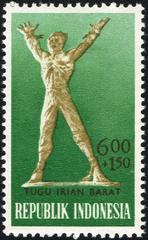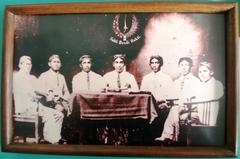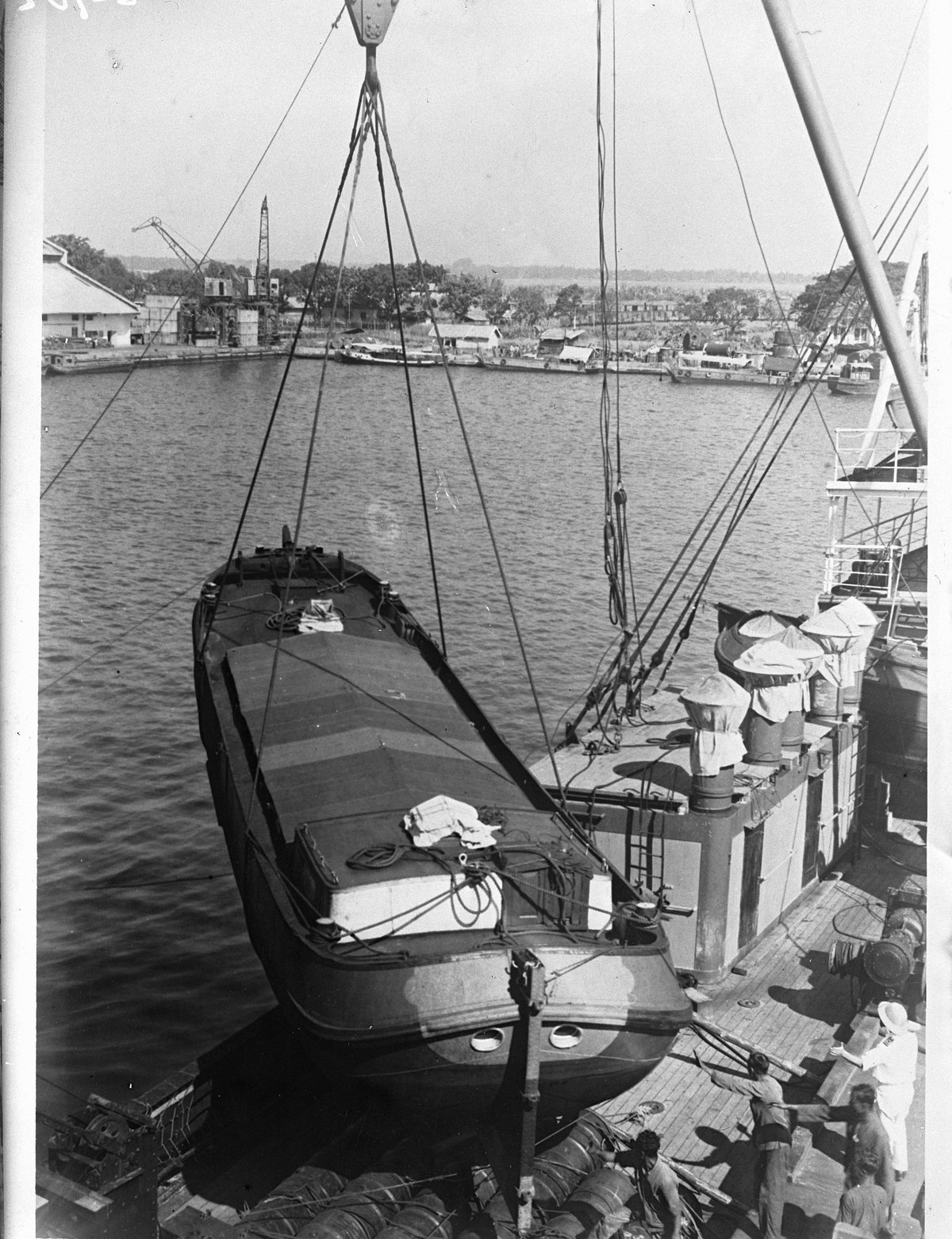
Port of Tanjung Priok: Visiting Hours, Tickets, and Guide to Jakarta’s Historical Sites
Date: 14/06/2025
Introduction
Tanjung Priok Port, located in North Jakarta, is Indonesia’s busiest and most advanced seaport—a central gateway for the capital and the entire archipelago. Established during the Dutch colonial era, the port has evolved into a modern maritime hub, reflecting both Indonesia’s economic growth and its rich maritime heritage. For visitors, Tanjung Priok is not just a commercial facility but also an entry point to Jakarta’s vibrant history and culture, with access to numerous surrounding historical and cultural attractions (Wikipedia, Orbitshub, Indonesia Travel).
This guide provides comprehensive details on visiting hours, ticketing, accessibility, travel tips, and recommendations for exploring top attractions near the port. Whether you are a history enthusiast, a cruise passenger, or a traveler seeking cultural immersion, Tanjung Priok offers a unique perspective on Indonesia’s maritime legacy and Jakarta’s urban tapestry.
Table of Contents
- Historical Overview
- Visiting Tanjung Priok Port
- Cruise Terminal Experience
- Top Jakarta Attractions Near Tanjung Priok
- Shopping, Dining, and Events
- Practical Information
- FAQs
- Conclusion and Final Tips
- References
Historical Overview
Colonial Origins and Modernization
Before Tanjung Priok, Jakarta’s maritime trade centered at Sunda Kelapa Harbor, a thriving port since the 14th century. European interest surged after the Portuguese arrived in 1513. As shipping traffic increased following the opening of the Suez Canal, Sunda Kelapa’s limitations prompted Dutch authorities to develop a new deep-water port: Tanjung Priok. Construction began in 1877, with the addition of the Tanjung Priok railway station in 1914, directly connecting the port to the city’s interior (Wikipedia).
Post-Independence Expansion
After Indonesian independence in 1945, Tanjung Priok became the nation’s primary maritime hub, rapidly expanding to handle over half of Indonesia’s cargo traffic. The port’s strategic location on the Java Sea, coupled with continuous upgrades—such as deeper channels and new berths—has ensured its role as Indonesia’s main entry and exit point for goods (Indonesia Travel, Orbitshub).
Infrastructure and Environmental Initiatives
Tanjung Priok now features over 20 specialized terminals for containers, bulk goods, oil, chemicals, and passengers. Advanced systems support 24/7 operations, streamlining vessel scheduling, cargo tracking, and customs clearance. The port is integrated with Jakarta’s rail and highway networks, enhancing multimodal logistics (Orbitshub, JICA Report). Recent initiatives emphasize sustainability, including green buffer zones and mangrove restoration.
Heritage Landmarks
Within the port precinct, visitors can find colonial-era structures such as the historic Tanjung Priok railway station and old warehouses. These sites, along with local maritime festivals, highlight the area’s cultural and historical significance (Agoda Travel Guide).
Visiting Tanjung Priok Port
Visiting Hours and Tickets
- Public Areas: Select heritage sites and designated visitor zones are generally open from 8:00 AM to 5:00 PM.
- Passenger Terminal: Open daily from 6:00 AM to 10:00 PM.
- Tickets: General access to public areas and the passenger terminal is free. Guided tours or special access to operational areas require advance booking through official channels or tour operators.
Guided Tours and Accessibility
Guided tours, when available, delve into the port’s history and operations. The site is accessible via public transport (including commuter trains and buses), and features like ramps and elevators accommodate visitors with mobility needs. It is advisable to contact visitor centers or tour operators in advance for accessibility arrangements.
Travel Tips
- Arrive early to avoid peak operational hours.
- Bring identification and comply with all security protocols.
- Dress comfortably and be prepared for outdoor walking.
- Respect restricted areas and follow staff instructions.
Nearby Historical Sites
Explore these nearby attractions for a deeper understanding of Jakarta’s maritime history:
- Sunda Kelapa Harbor: Visit traditional phinisi schooners and enjoy waterfront views.
- Kota Tua (Old Batavia): Dutch colonial architecture, museums, and Fatahillah Square.
- Maritime Museum (Museum Bahari): Exhibits on Indonesia’s naval legacy.
Cruise Terminal Experience
Facilities and Shore Excursions
The Nusantara Pura Passenger Terminal serves as the main hub for cruise arrivals, operating daily from 6:00 AM to 10:00 PM. Facilities include waiting lounges, customs and immigration processing, currency exchange, accessible restrooms, and transport links to central Jakarta (Indo Shipping Gazette, Port Guide). Cruise passengers can book shore excursions—such as Old Batavia tours, museum visits, and culinary explorations—either online or at the terminal.
Top Jakarta Attractions Near Tanjung Priok
- Fatahillah Square (Jakarta History Museum): Open 9:00 AM–5:00 PM, entrance fee ~IDR 10,000 (Wonderful Borobudur Tours).
- Wayang Museum: Traditional puppets, open 9:00 AM–5:00 PM.
- Kota Intan Drawbridge: Historic Dutch-era bridge, free entry.
- National Museum: Indonesian artifacts, open 8:00 AM–4:00 PM, ~IDR 15,000 entry.
- Glodok (Chinatown): Markets and temples, open 7:00 AM–10:00 PM.
- Ancol Dreamland: Beaches, amusement parks, and SeaWorld, open 9:00 AM–9:00 PM (Gangwaze).
- Thousand Islands (Kepulauan Seribu): Daily ferries for island hopping, snorkeling, and diving.
Shopping, Dining, and Events
- Tanjung Priok Shopping Mall: Open 10:00 AM–9:00 PM; local handicrafts and souvenirs (Gangwaze).
- Local Markets: Indonesian cuisine and street food, 6:00 AM–8:00 PM.
- Special Events: Maritime festivals, cultural performances, and local celebrations throughout the year.
Practical Information
Transportation
- Rail: Jakarta-Surabaya and Jakarta-Merak lines serve the area.
- Road: Major highways, taxis, and ride-hailing services connect to central Jakarta.
- Ferry: Regular departures to the Thousand Islands (Port Guide).
Climate and Best Time to Visit
- Weather: Hot and humid year-round (24–32°C).
- Best Season: Visit during the dry season (May–September) for outdoor activities.
Safety
- The port environment is secure, with CCTV, navy patrols, and police presence. Standard travel precautions apply (Gangwaze).
FAQs
Q: Is Tanjung Priok Port open to tourists?
A: Restricted to public areas and heritage sites; operational zones require permission.
Q: How do I reach Tanjung Priok from central Jakarta?
A: Accessible by commuter train, bus, taxi, or ride-hailing apps.
Q: Are tickets required?
A: Public areas are free; guided tours and certain attractions may require tickets.
Q: Is the port accessible for visitors with disabilities?
A: Yes; contact tour providers or visitor centers for specific arrangements.
Q: What are the top historical sites near the port?
A: Sunda Kelapa Harbor, Fatahillah Square, National Museum, and Kota Tua.
Conclusion and Final Tips
Tanjung Priok Port is more than a maritime gateway—it offers insight into Indonesia’s evolution from colonial times to a thriving modern nation. Visitors can explore operational port facilities, heritage landmarks, and vibrant neighborhoods. With convenient access, guided tours, and proximity to top attractions, Tanjung Priok is an essential stop for anyone exploring Jakarta’s maritime heritage.
For up-to-date information, download the Audiala app, consult official websites, and consider arranging guided tours for a richer experience.
References and Further Reading
- Wikipedia
- Orbitshub
- Indonesia Travel
- Indo Shipping Gazette
- Wonderful Borobudur Tours
- Port Guide
- JICA Report
- Agoda Travel Guide
- Gangwaze
- Trek Zone
- Javaisbeautiful
